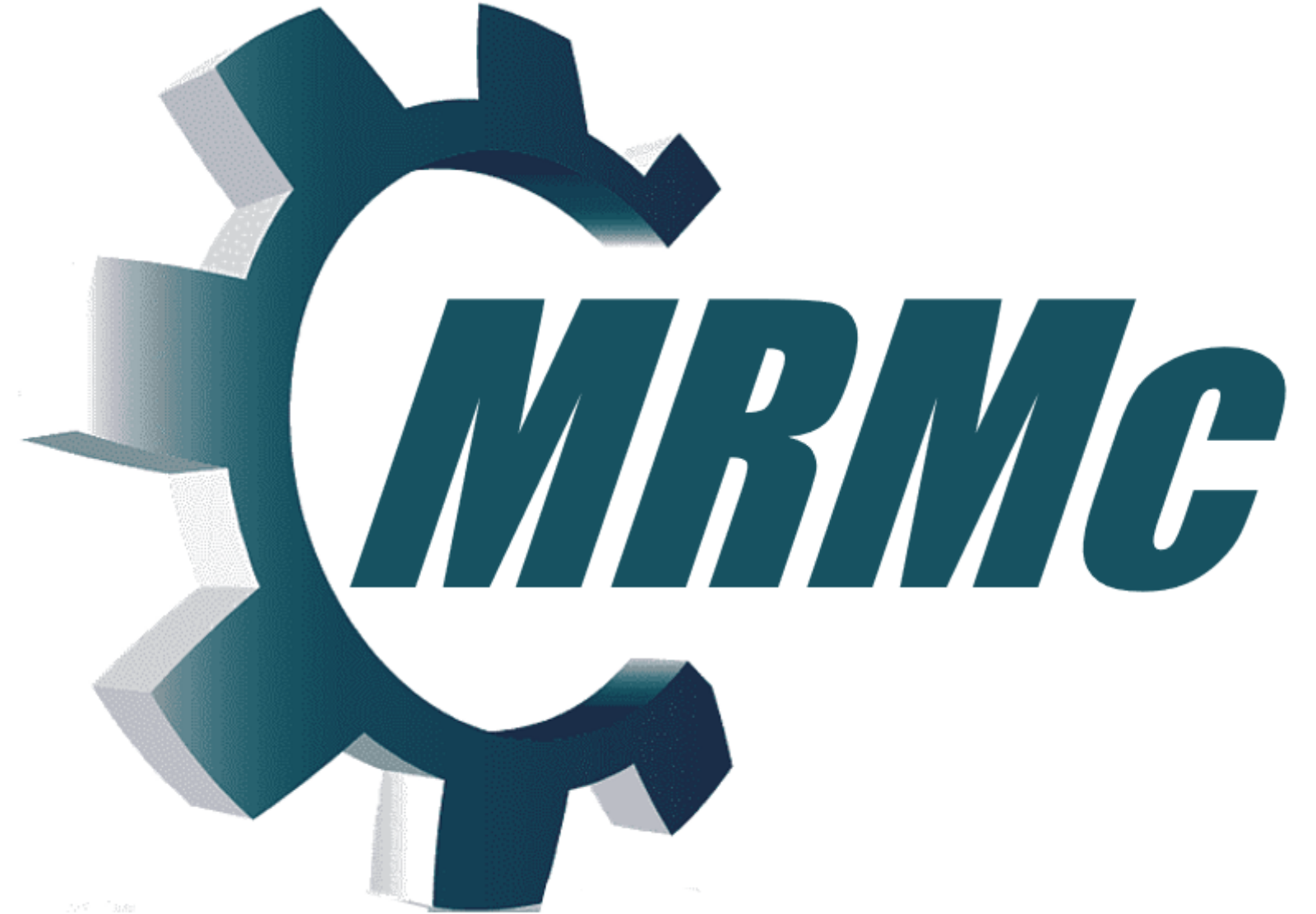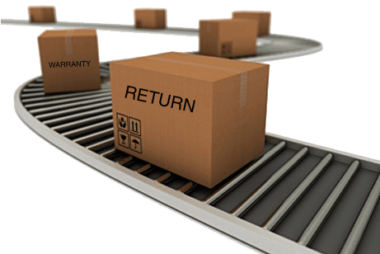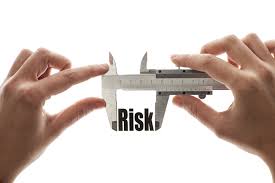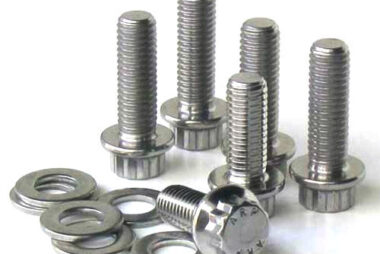Machine building becomes more complex when design and manufacturing not is done in house. With outsourced manufacturing the manufacturing quality risks, cost overruns, long building time or even the carbon footprint will take longer to become visible during the design phase. With that also the time to react becomes shorter and the product introduction has to be delayed to reach the goals on manufacturing quality, cost, building time or carbon footprint.
To overcome these industrialization issues a method/tool is developed to identify the manufacturing quality risks, cost, building time and carbon footprint during the design phase before the design is released. Based on the largest contributors a mitigation can take place to avoid this by adapting the design. When also the manufacturer and supply chain are known this can also help to mitigate the risks.
Three step Program
How to reach this a program is developed to secure the manufacturing quality, cost, building time or carbon footprint during the design phase.
First step is to set a clear expectation for the manufacturing quality, cost, building time and carbon footprint.
Second step is to predict the manufacturing quality, cost, building time or carbon footprint based on the design. Minimum requirement for this is the Bill of materials (BoM) and insight in the design.
Step three is to mitigate those items which causes the manufacturing quality, cost, building time or carbon footprint not reaching the expectations. For this a Top20 of the largest contributors is generated.
Get the Manufacturing Risk Mitigation started
To do this analyses the prediction of the manafacturing quality, cost, build time and carbon footprint is automated. This is done starting with a Bill of Material (BoM) of the product. Based on the BoM a Bill of Processes (BoP) can be generated out of the BoM resulting in a manufacturing flow. The governing principle behind this is that every process which is being used to manufacturer the product is coupled to a part in the BoM. Based on the BoM/BoP list the parts and processes are completed with data containing the manufctauring risk, building time, part/process cost and the carbon footprint data. This results in a Value Stream Map (VSM) identifing all parts and processes which contribute most to the manufacturing quality, cost, building time or carbon footprint.
Consultancy
MRMc is to analyse the design based on the BoM and design files. How earlier this analysis is done the more impact it will have on the design and or supplier/supply chain decisions. With finished designs the resulting outcome is mostly more difficult to solve. The resulting output is an overview of the expected Cost, Building time and carbon footprint and the expected number of failures during the first year of use caused by the manufacturing processes. To help identifying the manufacturing caused failures, cost, building time and carbon footprint the four list are available with the most contributing parts and processes. All of this is visualized by a Value Stream map (VSM).





